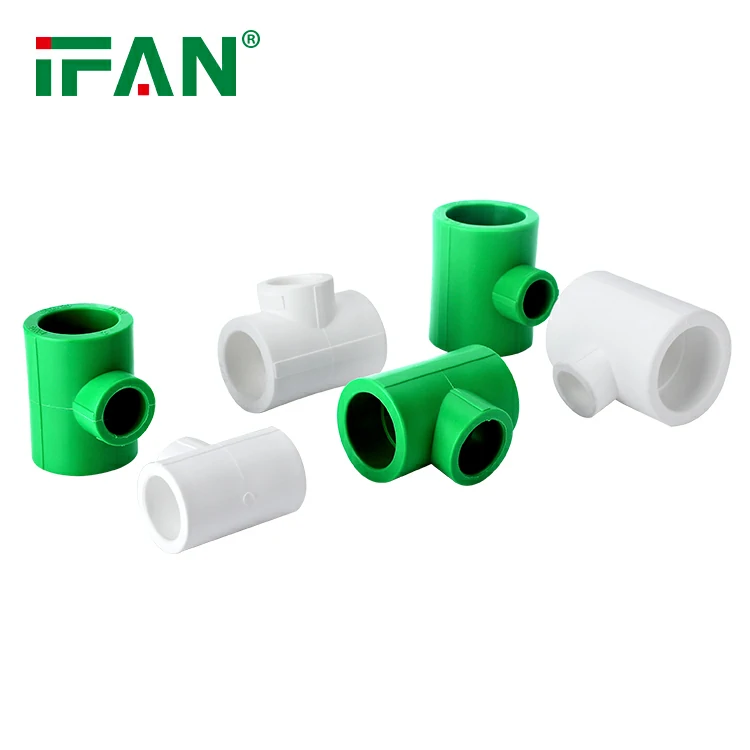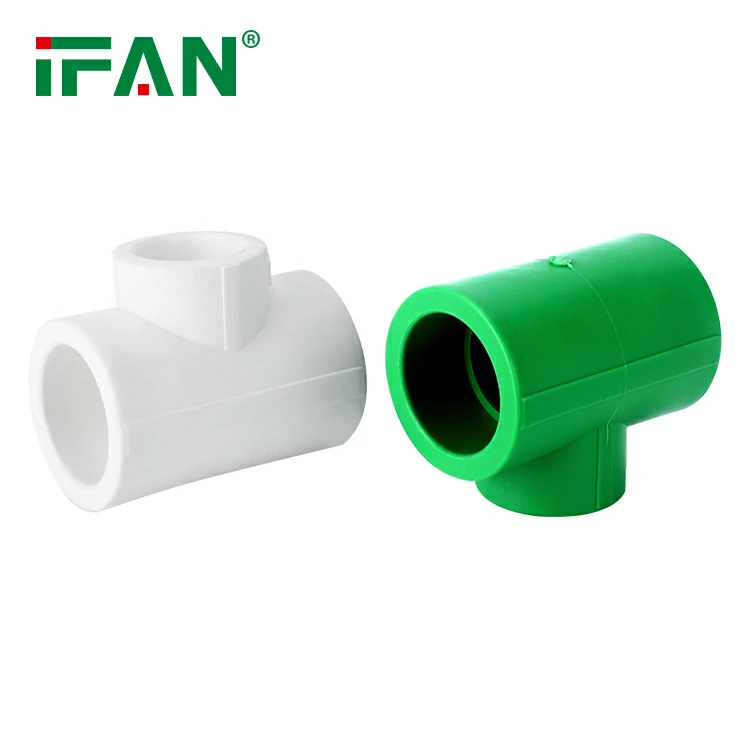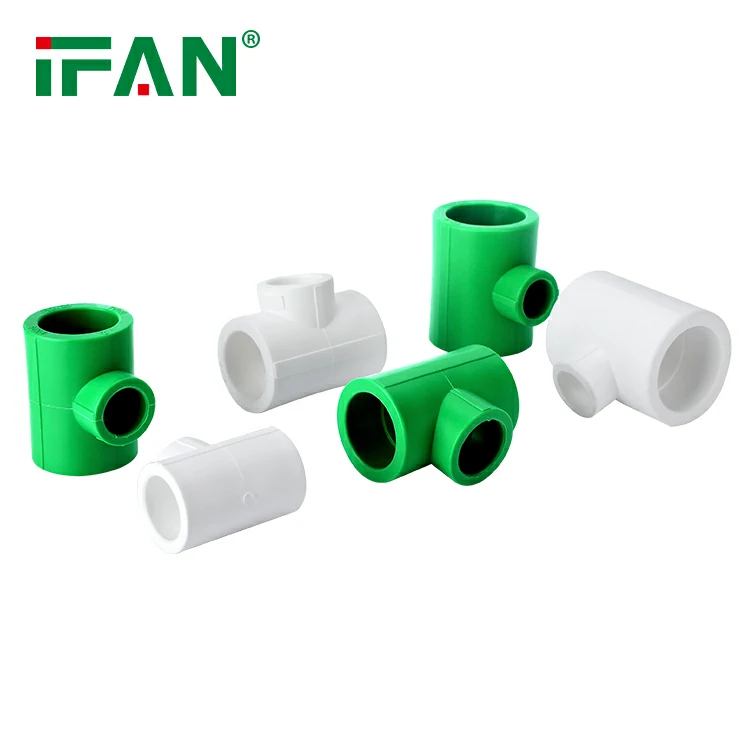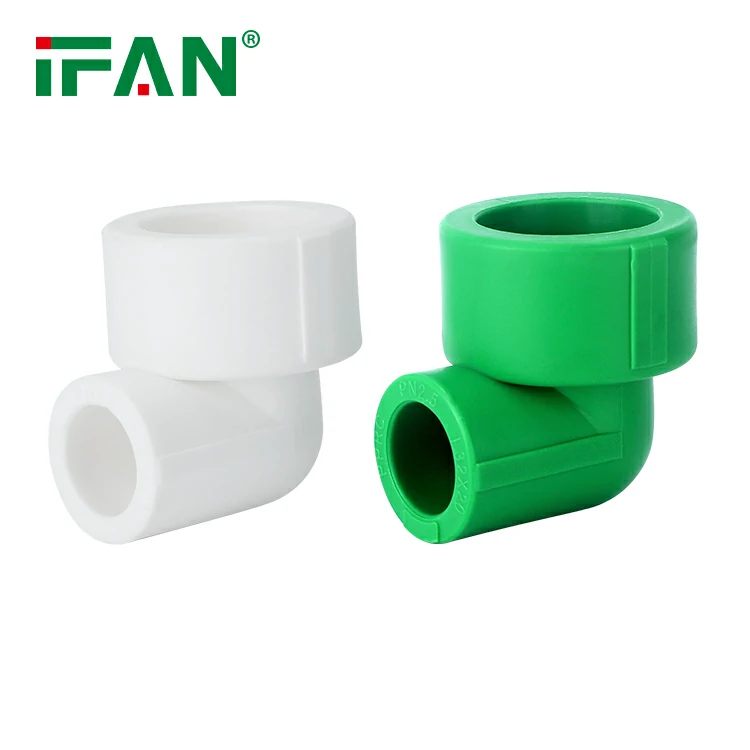Introduction
In recent years, PEX (cross-linked polyethylene) pipes have gained popularity in residential and commercial plumbing due to their flexibility, ease of installation, and resistance to corrosion. However, incidents involving PEX pipes have raised concerns about their durability and safety. One such incident occurred in a 50-unit apartment building in Northeast Portland, which experienced significant damage due to a PEX pipe failure. This article will explore the details of the incident, the implications for PEX plumbing systems, and how PPR (Polypropylene Random Copolymer) pipes could offer a more reliable alternative.
Overview of the Incident
In the Northeast Portland apartment building, a significant leak was reported as a result of a PEX pipe failure. The leak led to extensive water damage, ultimately resulting in the building being deemed “a near total loss.” The incident prompted an investigation into the cause of the failure and raised questions about the reliability of PEX plumbing systems.
Details of the Damage
The leak from the PEX pipe caused water to flood several units, damaging walls, floors, and personal belongings. Residents were forced to evacuate, and many faced the loss of their homes and possessions. The financial implications were substantial, with the cost of repairs and restoration expected to reach into the millions of dollars.
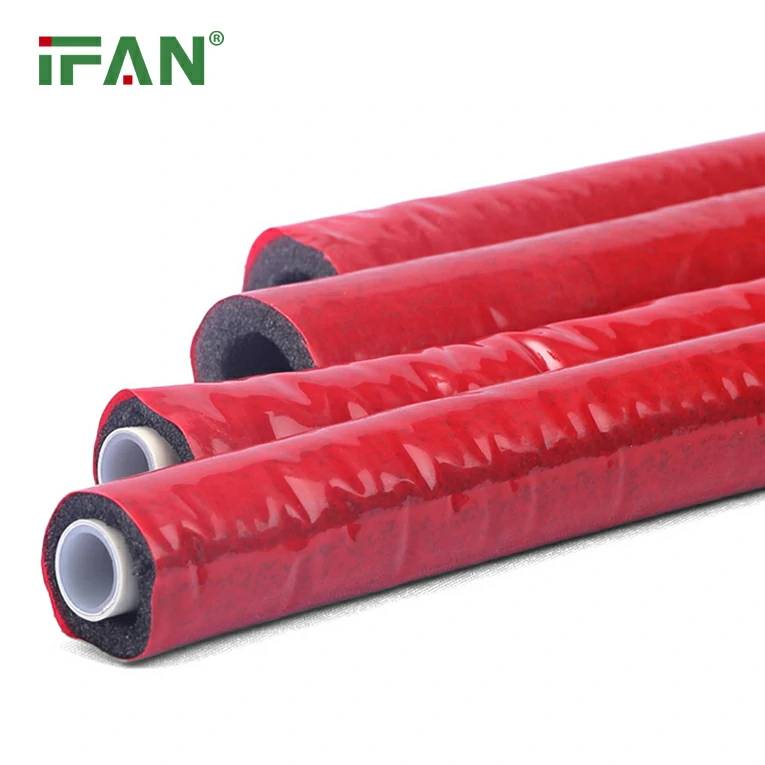
Investigating the Cause
Initial investigations suggested that a combination of factors contributed to the PEX pipe failure. These factors included:
- Improper Installation: If PEX pipes are not installed correctly, they may be more susceptible to leaks. Installation errors can include improper fittings, insufficient support, or inadequate sealing.
- Temperature Fluctuations: PEX pipes can expand and contract with temperature changes. In environments where temperatures fluctuate significantly, this can lead to stress on the pipes and potential failure.
- Chemical Reactions: PEX pipes can be affected by certain chemicals, including those found in some types of insulation or cleaning products. These reactions can weaken the pipe material over time.
Comparing PEX and PPR Pipes
Given the issues highlighted by the PEX pipe failure in the Portland apartment building, it is essential to consider alternatives like PPR (Polypropylene Random Copolymer) pipes. PPR pipes have gained recognition for their reliability and durability in various plumbing applications.
Advantages of PPR Pipes
- Chemical Resistance: PPR pipes are highly resistant to chemical reactions, making them suitable for a wide range of applications, including hot and cold water systems. Unlike PEX, PPR is not affected by chemical leaching or reactions with insulation materials.
- Temperature Tolerance: PPR pipes can withstand higher temperatures compared to PEX. This makes them a safer option in environments where hot water is frequently used, reducing the risk of pipe failure due to thermal stress.
- Durability and Longevity: PPR pipes have a lifespan of 50 years or more, making them comparable to copper in terms of durability. Their resistance to corrosion and chemical damage enhances their longevity, providing peace of mind for property owners.
- Installation Ease: Like PEX, PPR pipes are lightweight and easy to install. However, PPR pipes utilize heat fusion for joining, creating a strong, permanent bond that minimizes the risk of leaks.
- Environmental Impact: PPR pipes are made from recyclable materials, making them a more sustainable choice compared to PEX, which is derived from petroleum-based products. The lower energy requirements for manufacturing PPR pipes also contribute to their sustainability profile.
Addressing Safety Concerns
The incident in Northeast Portland has raised important safety concerns regarding plumbing materials. While PEX pipes have been widely adopted, the potential for failure and the resulting damage cannot be overlooked. Here are some safety considerations for both PEX and PPR pipes:
PEX Pipe Safety Concerns
- Leaching: There have been concerns about chemical leaching from PEX pipes, particularly in the early stages of installation. While reputable manufacturers ensure compliance with safety standards, the potential for leaching remains a topic of discussion.
- Expansion and Contraction: PEX pipes are prone to expansion and contraction with temperature changes. If not properly installed or supported, this can lead to stress and potential failure.
PPR Pipe Safety Advantages
- Low Leaching Potential: PPR pipes have a low leaching potential, making them a safe choice for drinking water applications. Their chemical resistance further enhances their safety profile.
- Stable Performance: PPR pipes maintain their integrity under varying temperature conditions, reducing the risk of failure due to thermal stress.
Learned from the Incident
The incident involving the PEX pipe failure in the Northeast Portland apartment building serves as a crucial reminder of the importance of proper installation, material selection, and regular maintenance. Here are some key takeaways:
- Importance of Quality Installation: Ensuring that plumbing systems are installed by qualified professionals is essential. Proper training and adherence to best practices can significantly reduce the risk of failures.
- Regular Maintenance Checks: Property owners should conduct regular maintenance checks on their plumbing systems to identify potential issues before they escalate. This includes inspecting for leaks, corrosion, and signs of wear.
- Material Selection Matters: When choosing plumbing materials, it is crucial to consider the specific needs of the building and its environment. PPR pipes may offer a more reliable alternative to PEX in certain situations.
- Educating Residents: Building management should educate residents about the plumbing system and its maintenance. Awareness can help residents report issues early, preventing extensive damage.
Conclusion
The failure of a PEX pipe in a 50-unit apartment building in Northeast Portland has highlighted the potential risks associated with this popular plumbing material. While PEX pipes have many advantages, the incident raises important questions about their long-term reliability and safety. In contrast, PPR pipes offer a compelling alternative with their durability, chemical resistance, and lower environmental impact.
As the plumbing industry continues to evolve, it is essential to prioritize safety and sustainability. By considering the learned from incidents like the one in Portland, property owners and builders can make informed decisions about plumbing materials that will stand the test of time.
Frequently Asked Questions (FAQs)
1. What caused the PEX pipe failure in the Northeast Portland apartment building?
The failure was attributed to a combination of factors, including improper installation, temperature fluctuations, and potential chemical reactions affecting the PEX material.
2. How do PPR pipes compare to PEX in terms of durability?
PPR pipes have a lifespan of 50 years or more, similar to copper pipes, and are highly resistant to chemical damage and thermal stress, making them a durable alternative to PEX.
3. Are PPR pipes safe for drinking water?
Yes, PPR pipes have a low leaching potential and are considered safe for drinking water applications, making them a reliable choice for plumbing systems.
4. What are the installation methods for PPR pipes?
PPR pipes are typically joined using heat fusion, which creates a strong, permanent bond between the pipe and fittings, minimizing the risk of leaks.
5. How can property owners prevent plumbing issues in their buildings?
Regular maintenance checks, proper installation by qualified professionals, and educating residents about the plumbing system can help prevent plumbing issues and ensure long-term reliability.

